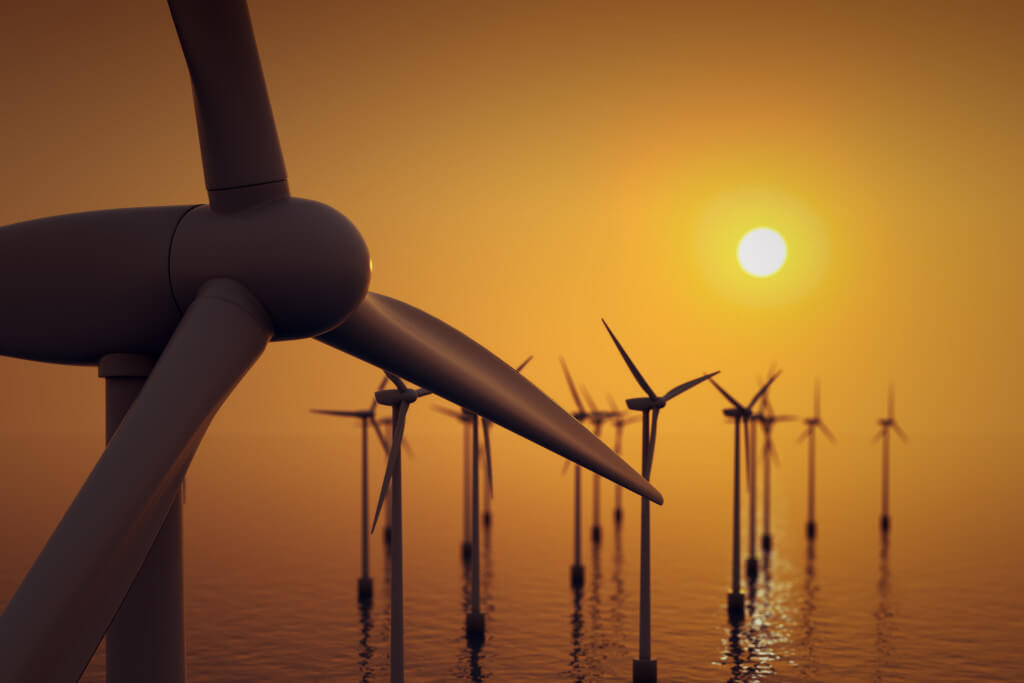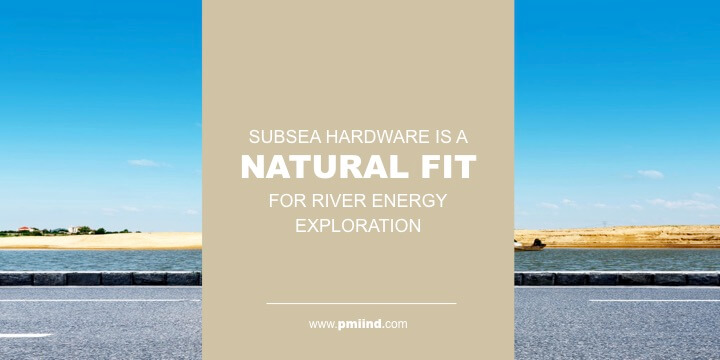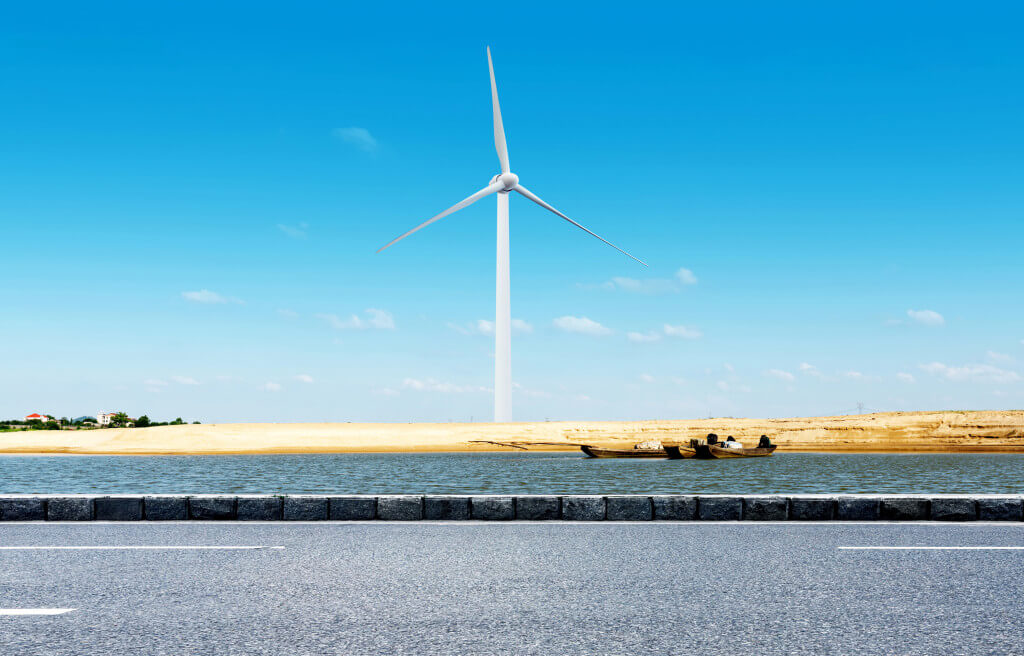
For decades, PMI has been extremely focused on building the best products that withstand the extreme environments of the deep ocean. But as we’ve come to work with Offshore Wind and Renewable Energy companies, we understand our product doesn’t have to be used in the deepest and harshest place on our planet, the sea. Instead, rivers in rural areas are a huge focus of the renewable energy field today. And these companies are offering solutions that serve a large portion of the population, who still have no access to electricity.
……………………………………………………………………………………………………………………
We see a great future in the power coursing through our rivers. And, of course, we will be providing cable equipment for these projects as they evolve. If you want to know more about our custom engineered cable hardware equipment, schedule to talk to our experts today.

……………………………………………………………………………………………………………………
India is facing an energy revolution. Despite broad grid coverage, electricity supply in remote areas remains unreliable. For the future, the government is setting a favorable political scenario by introducing solutions for decentralized electrification based on renewable energies, such as photovoltaic (PV), small wind, and explicitly kinetic hydropower.
Companies such as Smart Hydro Power have the advantage of realizing its systems in rural areas, without the requirement for any kind of infrastructure, suitable for running canals, rivers and streams, which inhabit a large portion of India’s typography. At the distribution part of this system, integrated load management introduces an auxiliary productive load – a water purification plant – that utilizes all excess energy and stabilizes the micro grid with variable operation. Through this feature, additional value is brought to the lifestyle of people residing in these communities. Read more…
The main ambition behind the development of the Smart Hydro Power turbine was cost efficiency. Selected materials had to be robust and yet affordable which resulted in a majority of HDPE, aluminum and stainless steel components. The turbine consists of a three bladed rotor, a 5 kW generator, the floating body consisting of a three piece diffusor and two floats.
Watch how it works here: http://www.smart-hydro.de/en/product/turbine.html
Drawing energy from river currents represents a massive untapped source of electricity development. This is especially true in countries like Canada, where rivers and coastal waters provide an enormous range of development options that can provide growth and economic benefits.
Indeed, Canada is emerging as a leader in the global marine renewable energy industry, thanks to supportive government policies, shared infrastructure and strategic research initiatives. These facts provided the backdrop for last week’s Marine Renewables Canada 2015 Annual Conference, where PMI was among the vendors showcasing products and services in the fast-growing renewables market.
At PMI, we’re already reaching out to companies in the offshore-wind sector, and we’re seeing the potential of freshwater rivers to provide clean, renewable energy.
River energy initiatives provide a new twist on age-old technology: the water wheel. New ventures in this sector are exploring placing turbines — much like you’d see on a jet aircraft — deep in the waters of a river. Water turns the blades, generating kinetic energy that can be converted into electricity.
This creates the potential to fix the one major drawback of hydroelectric projects: massive dams that devastate the local environment. Rivers also can provide power around the clock, unlike solar panels.
Canadian businesses and researchers are unlocking the potential of marine renewable energy through innovations and new approaches to key challenges in the lifecycle of wave, tidal and river projects. Solving problems here definitely opens opportunities in the global market.
PMI is proud to be on the cutting edge of this opportunity, supplying contractors with our proven subsea hardware equipment for river energy exploration. At Marine Renewables Canada 2015, we gobbled up knowledge on topics including:
- Technical acceptability — an international effort to reduce technical risk
- Building scale — an international project pipeline
- Supplying the industry — device development
We see a great future in the power coursing through our rivers. And, of course, we will be providing cable equipment for these projects as they evolve. If you want to know more about our custom engineered cable hardware equipment, schedule to talk to our experts today.




